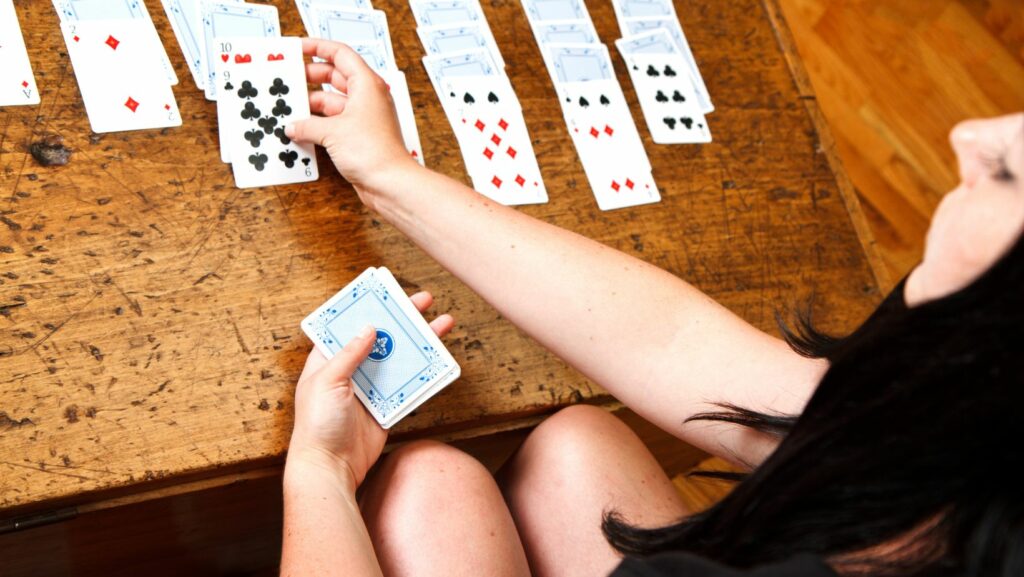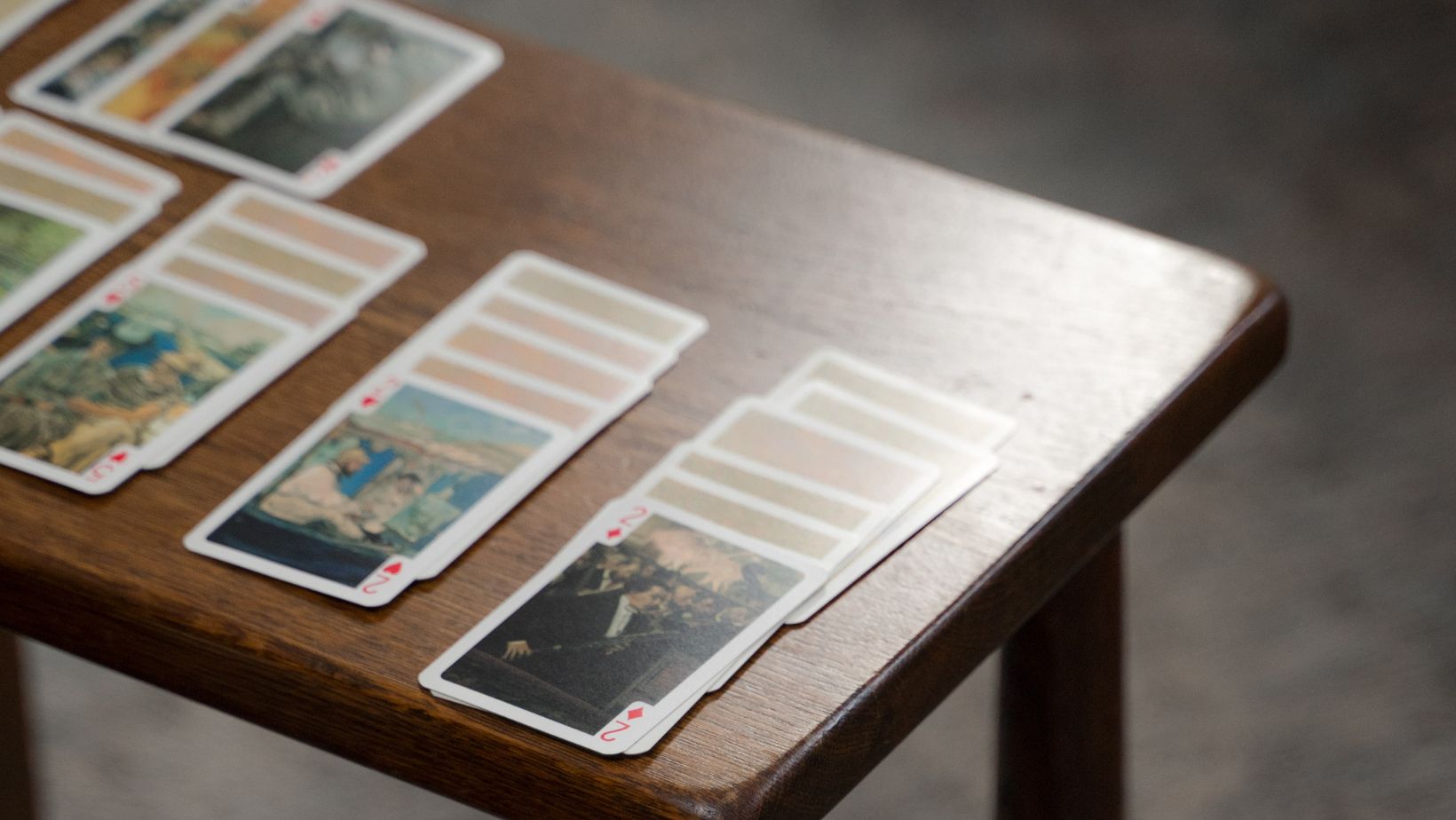Mastering Solitaire: Effective Strategies to Amplify your Success Rate

Solitaire, the classic card game of strategy and patience, isn’t just about luck. It’s a mental marathon that requires a keen eye, sharp mind, and a well-planned strategy. Many have tried their hand at this timeless pastime, but only a few have truly mastered it.
This article dives into the world of Solitaire, unraveling the secrets behind a successful game. For those who’ve spent countless hours shuffling decks without victory, or for beginners looking to start on the right foot, this is your guide. Unearth the winning strategies that can turn the tide in your favor, and transform your Solitaire game from a game of chance to a game of skill.
Understanding Solitaire Basics
The path towards mastering Solitaire commences with the assimilation of its basics. A cornerstone in this journey involves recognizing the various Solitaire variations and understanding their distinct rules and strategies.
Recognizing the Variations of Solitaire
The world of Solitaire isn’t confined to a singular variant, rather, it’s home to more than a hundred versions with Klondike, Freecell, Spider, and Pyramid being some of the most popular ones.
- Klondike, often synonymous with Solitaire, is known for its seven-row tableau, with cards dealt from a single deck.
- Freecell’s distinct feature is the four extra cells allotted to players, to temporarily park their cards while they strategize their moves.
- Spider Solitaire’s hallmark is the involvement of two decks of cards and complexity increases as players add more suits.
- Pyramid exhibits a unique tableau layout where cards are stacked in the shape of a pyramid.
Each variant arrives with its own set of rules, ability to maneuver and strategies to implement. Explicit knowledge of these variations facilitates the development of robust Solitaire gameplay strategies.
Solitaire Strategies for Success
Venturing through the complexities of solitaire revolves around developing and executing effective strategies. Let’s unpack key strategic aspects that guarantee success, well-armed with the knowledge from the previous section on solitaire variations.
Implementing Advance Moves
There is power in foresight as one naviagates the board of Solitaire. Advance moves involve strategic planning that lays out the game’s trajectory, akin to a chess player anticipating his opponent’s next turn.

For instance, before dealing a new hand from the stock pile, one must consider if there are any moves to make with the current layout. Giving this strategy priority can streamline winnings while preventing stalemates.
Using the Stock Pile: When and How
The stock pile, a vault of hidden opportunities, plays a pivotal role in Solitaire games where maneuvering tactically could alter game dynamics drastically. Players must draw from it judiciously as it can disrupt the current board and preempt potential moves. Suppose a player has the option to either move a card from the board or the stock pile. In that case, it’s best to opt for the board first, thus preserving the stock pile for later, providing a larger pool of possible moves.
Practice Patience and Planning
Solitaire requires a combination of patience and planning. Take your time to analyze each move and consider the potential outcomes before making decisions. Rushing through the game can lead to mistakes and missed opportunities.
If you find yourself stuck, take a step back and reassess your strategy. Sometimes, taking a moment to evaluate the tableau and stockpile can reveal new moves and solutions. Patience and careful planning are key to achieving success in Solitaire.
For more insights into how games like Solitaire can provide relaxation and mental benefits, you can read stress relieving article, which explores the stress-relieving aspects of card games and their impact on well-being.
The Concept of Emptying Piles
Emptying piles can turn the tide of the game, adding a significant advantage to the player’s arsenal. Having an empty stack gives the freedom to move a K card and start a new stack, opening up possibilities that can set off a chain reaction of moves. For example, if a player has a choice between moving a card from a long pile and a short pile, the choice of the short pile could be more beneficial as it may lead to an empty pile sooner.
Games of Spades
While Solitaire is a popular card game, there are many other classic card games to explore as well. For those interested in expanding their card game repertoire, exploring games like Spades can offer new challenges and strategies. You can find resources and information about games of spades to further diversify your card game experience.
The Importance of Revealing Down Cards
Despite being the game’s concealed elements, down cards hold the potential to revolutionize the Solitaire field. Whenever there’s an opportunity to reveal a down-facing card, seize it.

Creating a new opening by moving an up-facing card onto another pile might free up a down card. This could unlock a series of available moves that were otherwise hidden, increasing strategic options. Therefore, revealing down cards should stay high on the Solitaire player’s priority list.
Conclusion
So there you have it. Solitaire isn’t just a game of chance, it’s a mental challenge that requires a well-thought-out strategy. From understanding the basics to mastering variations like Klondike, Freecell, Spider, and Pyramid, every step counts. It’s about more than just moving cards around, it’s about foresight, strategic use of the stock pile, and emptying piles strategically. Remember, revealing down cards can be a game-changer. With these strategies at your fingertips, you’re well on your way to improving your Solitaire game. Whether you’re a beginner or an experienced player looking to up your game, these tips are sure to boost your winning chances. So go ahead, shuffle that deck and put your new skills to the test. You’ve got this!

 QR Codes and the Technology Driving Smarter Customer Journeys
QR Codes and the Technology Driving Smarter Customer Journeys  If AI Is the New Search Engine, Your Content Needs to Evolve
If AI Is the New Search Engine, Your Content Needs to Evolve  How Much Does Minecraft for Nintendo Switch Cost and What’s Included
How Much Does Minecraft for Nintendo Switch Cost and What’s Included